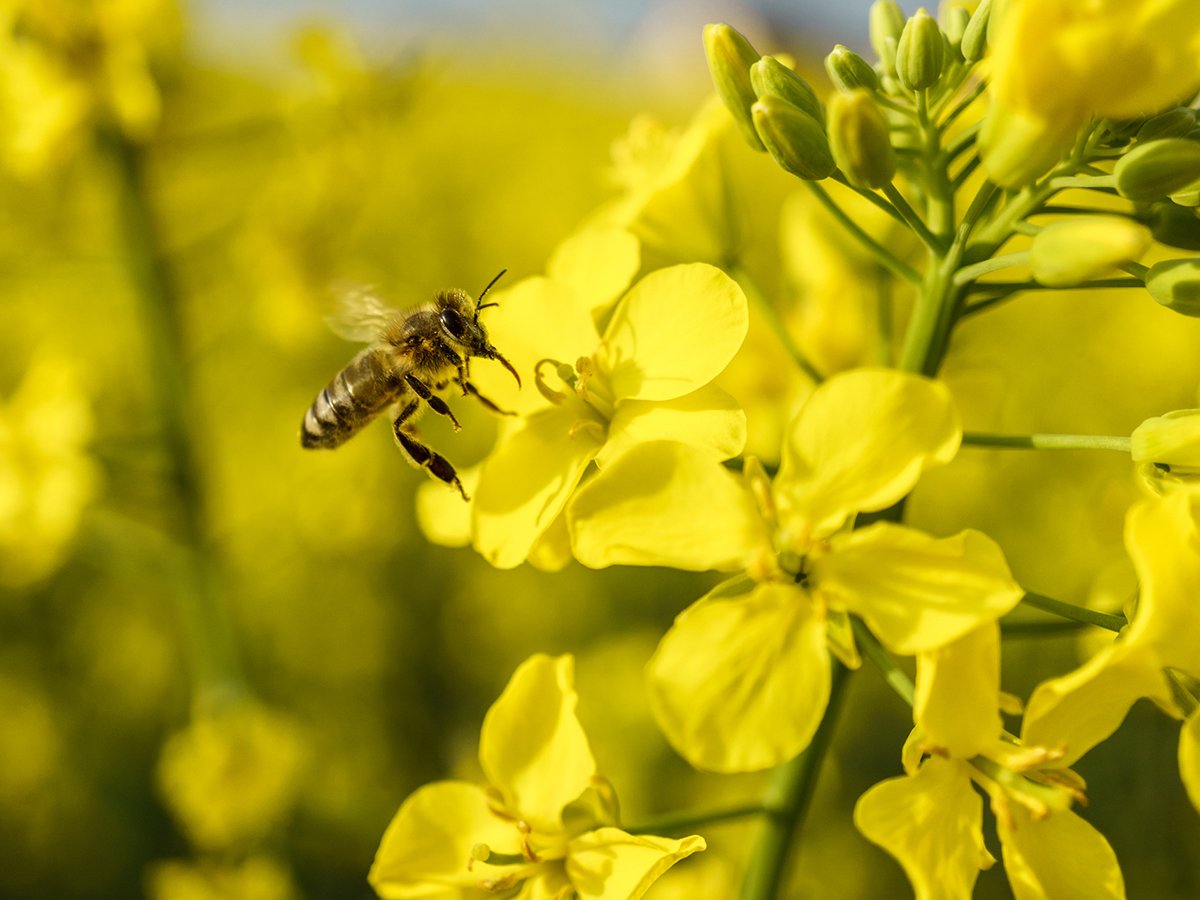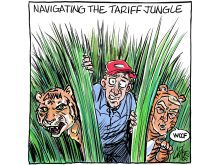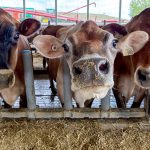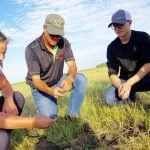Cattle producers have been overwhelmed with information regarding BSE, yet despite our understanding, Canada is falling behind in its sampling procedures.
The cost of rendering is now borne by producers, so manyanimals are not rendered and therefore not sampled.
This trend must change.
The OIE, an international committee that deals with animal health issues, is looking at BSE and at internationally accepted levels for BSE testing.
Because the number of rendered animals is low, a smaller number of mature cows will be sampled if they show symptoms of a brain illness. This smaller sample skews the likelihood of finding BSE if it is present.
Read Also

Invigor Gold variety viewed as threat to condiment mustard
Invigor Gold, the canola-quality mustard developed by BASF, is on a collision course with Canada’s condiment mustard industry. It’s difficult to see how the two can co-exist.
Canada can find up to one case per million cattle over 30 months of age and still maintain its minimally infected status.
The adult cattle population in Canada is pegged at about five million cattle. This means five cases would be allowed on a yearly basis without jeopardizing our current status.
The kicker is that we must prove to the OIE that we are sampling an adequate number of cattle.
If Canada sampled and autopsied only cattle with diseases affecting the brain, also known as neurological or nervous cases, it would need to sample only 300 cases a year if the country had disease free status.
Under a minimally infected status, 600 samples a year would be required. These cases could be split between the dairy and beef sectors.
After neurological cases, the next category is the four Ds, which comprises dead, down, dying or distressed animals.
For every one nervous case short of our minimal required sample of 600 animals, Canada can test an additional 100 cases in the four Ds category.
This computes as 30,000 cases Canada-wide in a disease free scenario or 60,000 cases under a minimally infected status.
By comparison, testing only healthy cattle requires a sample that is astronomical. It seems like a no-brainer that sampling should be limited to either nervous disorder cases or animals in the four Ds category.
If we do not comply with OIE recommendations, other countries could use this as an excuse to cease trade with Canada.
Countries that do not test or are deemed to test inadequate numbers are simply put in an unfavourable trade category. As an exporting nation, Canada cannot afford to let that happen.
Producers and veterinarians should consider sampling every time a nervous disorder is diagnosed.
Downer cows from calving obstetrical cases or milk fever are considered in the downer category.
Some compensation is already in place to have these animals sampledby a veterinarian. The Alberta government is considering remuneration to cover producers’ time and inconvenience.
Other provinces may be looking at similar programs. Manitoba already has a lot of its sampling done as a result of paying for renderers to pick up animals on farms.
This allows the rendering companies to do the sampling and as aside benefit keep the environment cleaner.
Ontario producers have always paid a fee for rendering. The province also prohibits producers from disposing of animals by dragging them into the bush.
Producers and veterinarians must act now because the OIE quota may change. Veterinarians must be notified so neurological case sampling can proceed.
Even if producers have no intention of getting a mature cow or bull examined or autopsied, the veterinarian will get some compensation in Alberta. This is intended to maximize sampling of neurological cases and downers.
As a major beef exporter, Canada shouldn’t give its trading partners reason to restrict trade in Canadian beef.
Testing 300 animals a year for neurological cases or the several thousand a year from the four D category is a simple, manageable solution to minimizing risk in the beef industry.
Testing healthy cattle is unnecessary and impractical from an economic perspective. There is no way plants could hold all the carcasses required for the two extra days necessary to get test results.
Cooler capacity is inadequate and packers would incur a huge increase in packing costs.
Testing all cattle, as they do in Japan, makes absolutely no sense because we know the incubation period is longer than the age young cattle are marketed. The specified risk materials on older animals are already being removed to ensure the final product is safe.
A co-operative effort between producers, the veterinary community and government agencies is needed to ensure testing is done efficiently. This will solidify Canada’s status now and into the future.
Roy Lewis is a veterinarian practising in Westlock, Alta.














